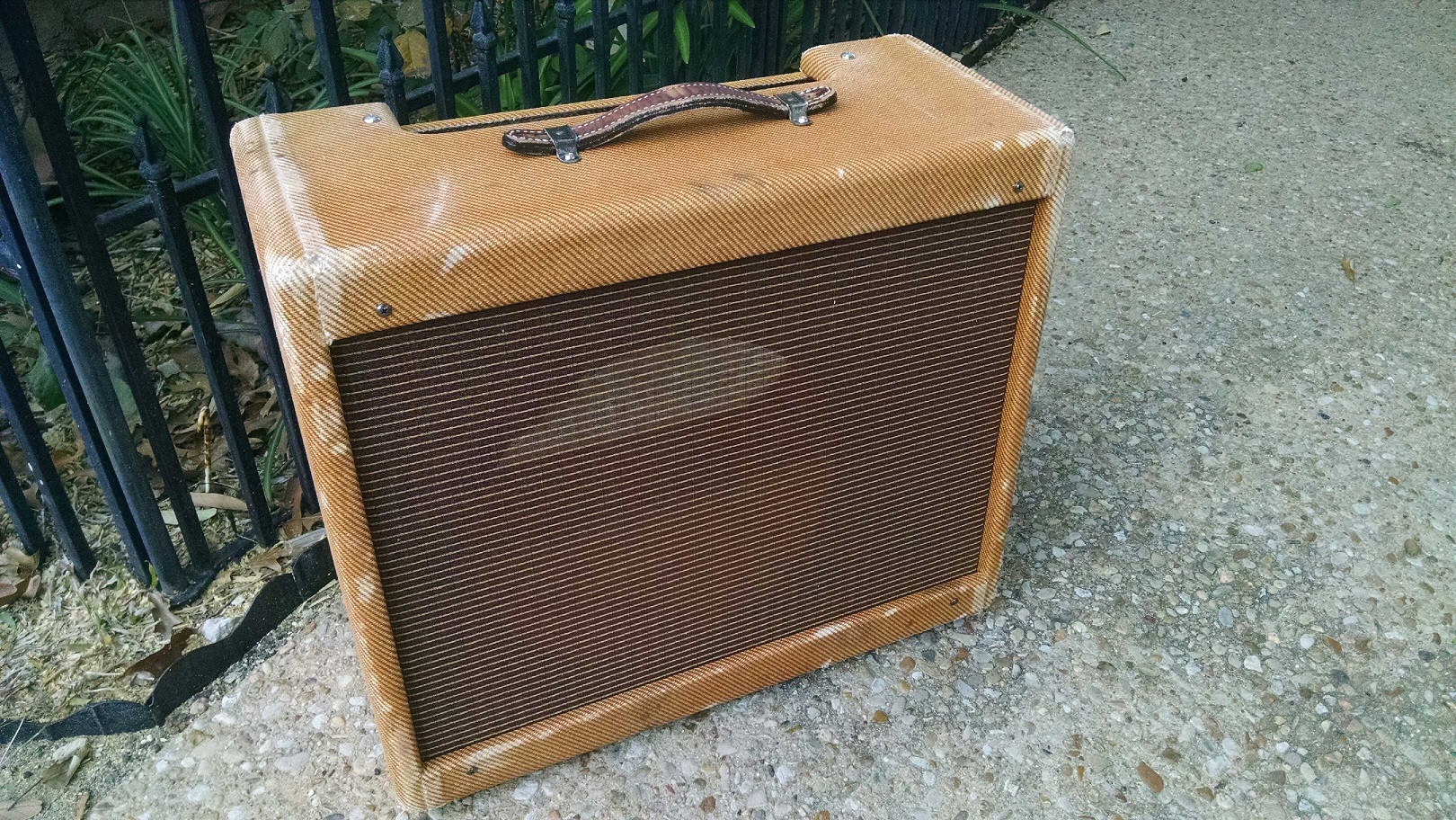

Marshall even used the same 5881 output tubes at the start. Putting four speakers together gave the quartet a fighting chance at handling the amp’s power surges, and enclosing the cab’s back created natural damping – a sort of air-pressure suspension – to help limit extreme speaker-cone travel.Īs an interesting side note – and further proof of a speaker cab’s contribution to any amp’s overall sound – consider that a late ’50s tweed Fender Bassman and an early ’60s Marshall JTM45 have almost exactly the same circuit. These speakers were rated at just 15 watts originally, and they were prone to flapping out on low notes when hit hard. The box that became the model 1960 speaker cabinet was devised simply as the most logical container for the number of Celestion G12 speakers required to handle the power of the Marshall JTM45 amp head. But Jim Marshall created the most emulated template for the breed when he crammed an unprecedented four Celestion G12 speakers into one chunky cabinet. When Marshall came along in 1962, Fender had already been using closed-back cabs with its “Professional Series” piggyback amps for more than a year. Most of you are probably already picturing a Marshall 4x12 cab – the classic of the genre. They’re also relatively quiet in back, which can prevent the rampant sound reflections that can make a house sound operator’s life absolute hell. While they lack some of the transparency and wide sound dispersion of the open-back cab, they emphasize a muscular midrange, and real kick-in-the-gut bass with superb directionality that makes them extremely punchy out front. This points us to another obvious conclusion: if you want to achieve thundering lows, you’ll get there quicker with a closed-back cab.Īside from emphasizing low end by keeping those out-of-phase, back-of-speaker sound waves inside the box, closed-back speaker cabs have other sonic characteristics to brag about. This is because when you blend the sound coming out the front of the cab (which is created by the speaker pumping forward) with the sound coming out the back of the cab (where the speaker is pumping backwards), you get some frequency cancellation that softens up the low frequencies more than anything else.Īs a double-whammy, taking the back off a speaker cab (or never giving it one) makes the speakers work harder to produce the low notes in the first place. High frequencies are shimmering and multi-dimensional – and the midrange avoids being overly aggressive – while lows generally pack a little less “oomph” than those produced with a closed-back cab. Sonically, the open-back cab presents a broad, transparent soundstage that might be considered more “realistic” than many closed-back cabs – which is to say the sound is somewhat more linear frequency-wise.

without miking the guitar cabs, because it helps your drummer and other musicians hear what you’re doing.Īn open-back cab also provides interesting miking opportunities in the studio, where a mic placed at the back of the cab captures a tone that is slightly gutsier – albeit also a bit more muted – than a front-of-amp mic position. This factor alone can be useful on club stages where your band uses just a vocal P.A. Such cabinets provide a wide “surround-sound” type of signal projection, which still pumps the greatest volume straight out front, but also disperses sound out the back of the amplifier, and somewhat to the sides, as well. To examine the open-back cabinet, let’s consider the classic models of Fender tweed and blackface guitar combos (correctly speaking, most of these are partly-open-back, as upper and lower panels still enclose between a quarter and three-quarters of the back).


 0 kommentar(er)
0 kommentar(er)
